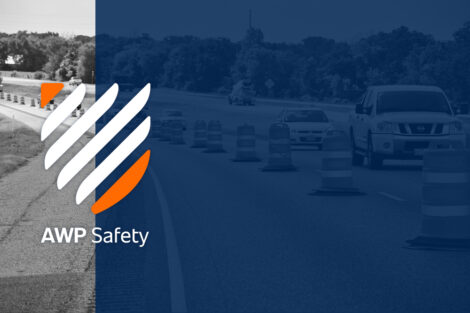
“The crew out of Melbourne, lead by Alex, never faltered once, and stayed at their posts throughout the long night […]
Read More
“The crew out of Melbourne, lead by Alex, never faltered once, and stayed at their posts throughout the long night […]
Read More
“Everything was great, you guys were super on it and it went super smooth. Thanks so much for taking the […]
Read More
“AWP did an amazing job. They were on time, professional, and great to deal with. I will definitely be using […]
Read More
“AWP is organized, disciplined and has professional leaders. We were impressed that they called a pre-con meeting (before starting work). […]
Read More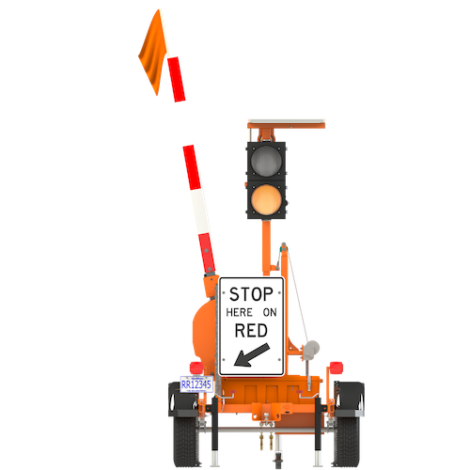
AWP Safety’s automated flagger assistance devices, also known as AFADs, are smart, safe and efficient. Our automated flagger assistance devices improve work zone safety and help you complete projects on schedule.
AFADs are automated machines with a gate arm and stop and caution lights to support work zone traffic control. They are controlled by our certified and trained flaggers from a safe, roadside location.
Missouri DOT data found that Automated Flagging Assistance Devices (AFADs) significantly reduced average approach speeds, increased full stop distance and increased the first brake location where drivers reacted to stop controls. The study also found that 80% of drivers prefer AFADs over human flaggers.*
Additionally, in Quebec, there have been no reported injuries or fatalities in work zones where AFADs have been deployed since a mandate was implemented in October 2020.**
Learn more about Automated Flagger Assistance Devices.
*Source: Evaluation of Automated Flagger Devices, MoDOT, 2018.
**Source: How Automated Flagging Assistant Devices (AFADs) Help Keep Flaggers Safe, Ver-Mac, 2023
Read More
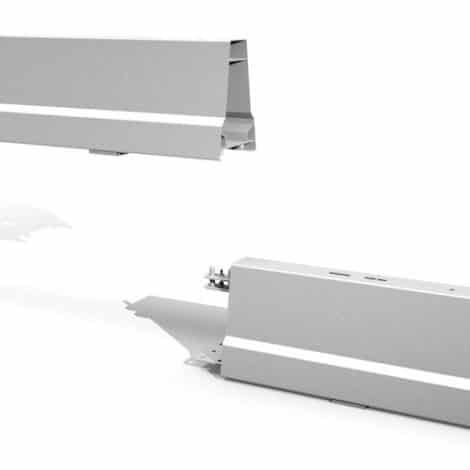
The BarrierGuard 800 is a successfully, according to MASH, NCHRP-350, EN 1317, tested barrier that combines various performance-levels into one basic product. The BarrierGuard 800 was tested MASH TL-3, TL-3 MDS, N2, T3, H1 and H2 and fulfils these international demands. The durability of the BG800 ensures that in the event of a typical vehicle collision, the damage to both is significantly reduced, with minimal debris, resulting in little or no requirement for repair. This ensures the ongoing safety of the workforce while allowing maximum lane usage on the busy road network. With its versatile design the BG800 allows for angle plates and angle sections to be used for tight radii.
Made by Laura Metaal
Read More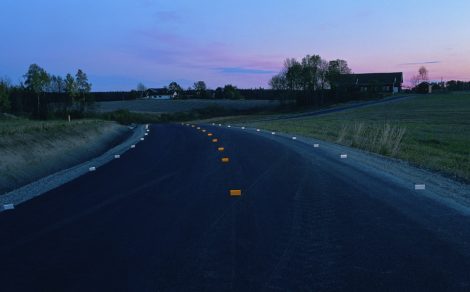
A Pavement Marker is a safety device used on roads that reflects when shined on by automotive headlights.
Pavement Markers are devices that are placed on roads and can be used as reflective devices by automobile headlights. These road markers decrease crash rates, and keep drivers alert with where they are going when it is dark.
Read More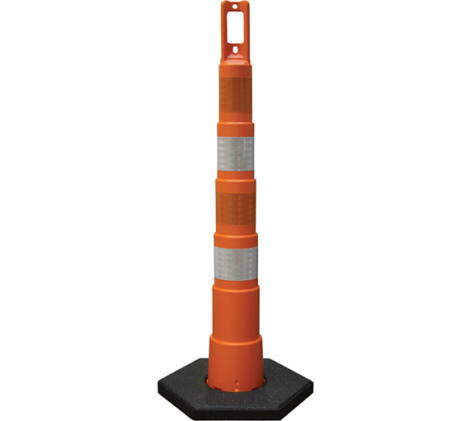
Delineators alert drivers when there are hazardous road conditions, on and off ramps and other unexpected road changes that cause a concern for safety.
Delineators are useful for safely guiding traffic through confusing construction or hazardous road conditions. Delineators are tall and skinny traffic control devices. They convey a nonverbal message instructing the public to avoid whatever should be prevented.
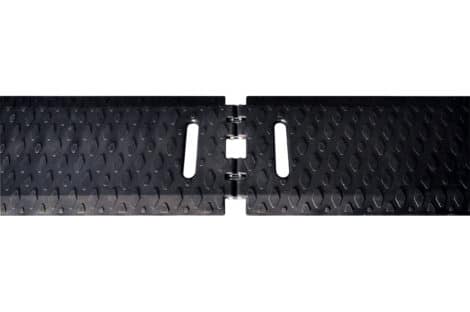
Speed Bumps are made specifically to slow drivers down in specific areas. They are intended to be traffic calming devices that use vertical deflection to slow motor-vehicle traffic in order to improve safety conditions
Speed Bumps are made to reinforce stop signs in parking lots, improve pedestrian safety and reduce the risk of accidents in driveways, parking lots, private residential streets. They are also made for public roads such as schools, hospitals and shopping centers.
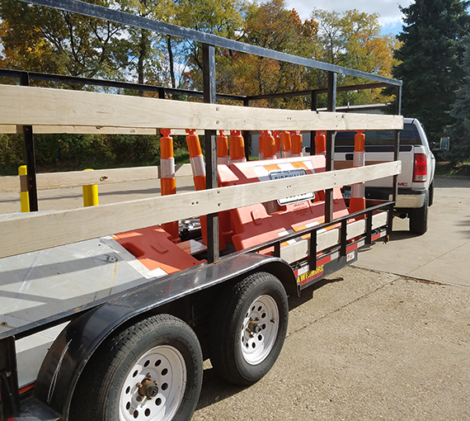
Intended to house the supplies needed to direct traffic, Traffic Control Supply Trailers transfer equipment safely to and from the work zone.
Traffic Control Supply Trailer are storage and transfer units that house traffic supplies such as cones, drums and signage from work zone to work zone, keeping them dry and in one place when not needed.
Read More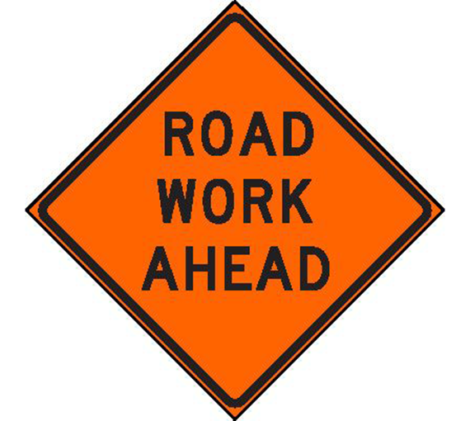
Construction & Safety signs are usually placed where most common hazards in work areas occur.
Construction & Safety Signs are used as a precautionary measure in high rate incident areas like work zones and construction. They communicate safety symbols to prevent potential hazards and keep workers and the public safe. Construction Safety Signs are designed to meet OSHA requirements and ANSI Z535 standards. Identify safety hazards to keep workers and the general public safe from injury.
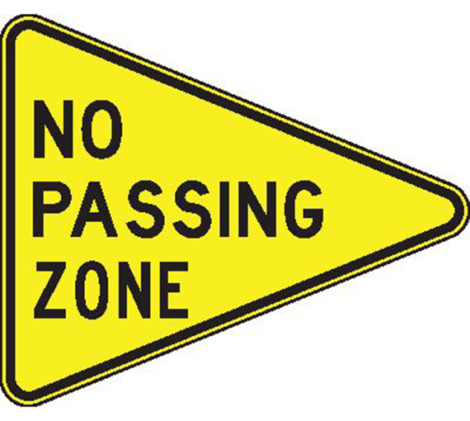
Warning signs provide instant communication with motorists of upcoming dangers, hazards or construction to look out for. They appear when hazards may not be apparent to a driver.
A warning sign is a message alerting motorist of upcoming dangers, construction or hazards to be careful of. Warning signs generally have a symbol or black phrases to let you know what to look out for.